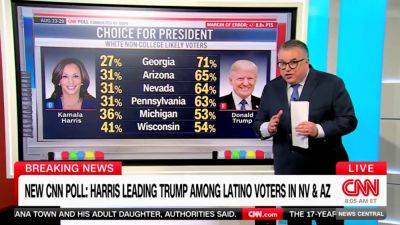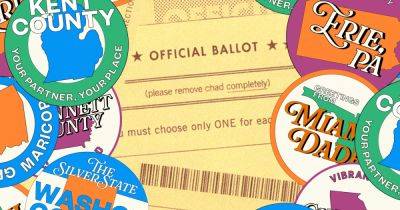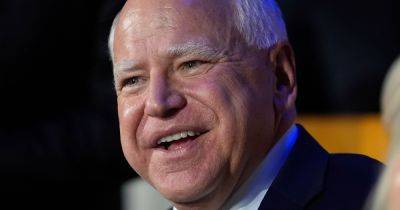How the electorate has changed in key states and what it could mean this election
There have been significant population shifts in the last two decades in this country, and that has had a big impact on U.S. politics.
These demographic shifts are, in large measure, the reason why some states, like Ohio and Iowa, are no longer swing states — and why some have come on the map, like Georgia and Arizona.
These demographic shifts have also coincided with shifts within the parties. Republicans have been able to win over larger percentages of whites without college degrees, while Democrats have gained with college-educated white voters and Asian Americans, while also largely maintaining advantages with Black voters and Latinos.
Still, issues matter. The fundamentals on various issues favor Republicans, from views of the economy to immigration, which is why demographics are not necessarily destiny. But they are a crucial part of explaining the political shifts, where the campaigns are focused, and why the seven states everyone is watching most closely are, in fact, the current crop of swing states.
NPR utilized data and projections from William Frey, a demographer at the Brookings Institution, as well as presidential exit polls conducted by Edison Research to do a deeper dive into the data and see what it could mean for this year’s presidential election.
Here are eight important findings:
1. White voters without college degrees have declined as a share of the electorate everywhere pretty significantly since 2008, while Latinos, AAPI voters and whites with degrees have increased dramatically
Whites without degrees were a majority of voters overall in 2008, but are now projected to be less than 40% in 2024.
They are down dramatically in all three Blue Wall states as well since 2008: 12 points in Pennsylvania, 8







